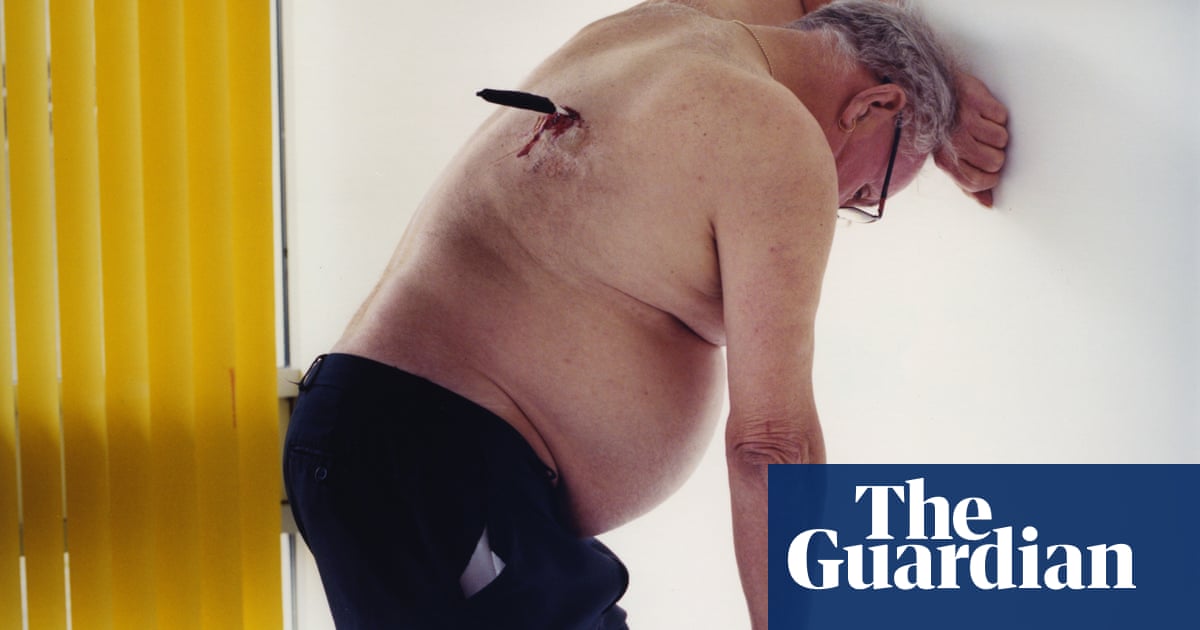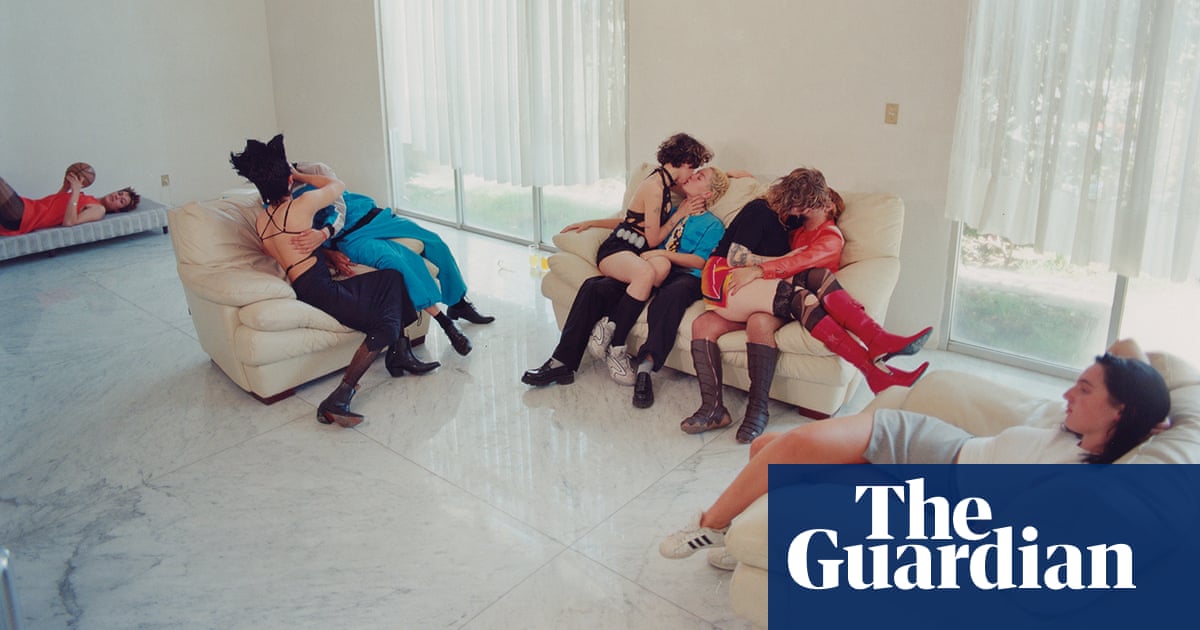
In the mountains of Guerrero in south-west Mexico, there is a small town called Alcozacán. Violence is common in the area, which is strategically important for the drug trade. Violence has increased all over Mexico over the past few years, but some places including Guerrero have been particularly badly affected.
The people of Alcozacán and its surrounding towns became more and more angry about the criminal groups terrorising their communities and what they saw as a lack of protection from the government. They felt abandoned, so formed community defence forces to protect themselves from the gangs and drug traffickers. In Alcozacán, there are no police as we know them. It is ruled – or taken care of, depending on your point of view – by a force made up of local people.
One day last year, a local news report went viral: footage showed a group of kids marching along a highway with rifles and handkerchiefs to conceal their faces. This isn’t normal, even for Mexico. They were rehearsing battle positions, but they were just children. We all wondered if it was a display of self-defence, or a way of calling attention to what was going on in the area.
It turned out to be both. A week before these kids began their march, 10 musicians from Alcozacán were ambushed, shot and burned beyond recognition while coming back from a concert they had played in a neighbouring area. The youngest was Israel Mendoza, a 15-year-old drummer. They were killed because they travelled through an area controlled by the drug traffickers.
I realised I had to document what was happening in these places. My editor at the Washington Post supported the assignment and I travelled down to Guerrero. Getting into these communities is not easy: it can be dangerous without the right approach. A friend, who works for a local human rights organisation, worked as our fixer. Without him, I wouldn’t have been able to do it.
We went to the community to find the kids who marched. But while we were there, we heard that the local authorities were finally going to return the bodies to the families so they could have a proper funeral. The town had to wait 12 days to bury its dead children. There was no time for proper wakes – the bodies were already in a state of decomposition.
This casket contains the body of Israel Mendoza. His mother gave us permission to photograph the last goodbyes. She wanted his story told. I took this inside the church where the town was going to gather for a mass before going to the graveyard. Sky blue coffins were carried by loved ones and a light beam entered from an upper window brushing the copal smoke.
As this smaller coffin covered with white satin fabric crossed the entrance, I raised my camera and framed the sunshine. Israel’s elder cousin, a member of the community police whom I had previously met, appeared in the shadows. For a moment, it felt as if I was alone with him and his mourning. I felt drawn to Israel because his story illustrated that organised crime is not just an adults’ game. Children have to deal with so much of the fallout. They are the ones who can’t walk to school in safety, if it’s located in a neighbouring town controlled by a rival gang. They are the ones who have to train to use a gun in case their town is invaded.
But what’s special about this image is the fact that you feel alone with him. These scenes can be chaotic – it’s not easy to get that intimacy. But the light means you can connect with him. I think it creates a sense of empathy. Documentary photography, for me, is a way to relate to people. It wasn’t until later, when I saw the image, that I realised that his T-shirt kind of summarised it all. Ultimately, my editor wasn’t able to publish the photograph due to the word. I’m glad this image is finally being seen.
Luis Antonio Rojas’ CV
Born: Aguascalientes, Mexico, 1993.
Trained: The San Carlos Academy in Mexico City and The International Center of Photography in New York.
Influences: “Nacho López, Graciela Iturbide, Marco Antonio Cruz and photographers that I’ve been lucky to share experiences with – like Koral Carballo, Mauricio Palos, Félix Marquez, César Rodríguez or Maya Goded.”
High point: “When small things remind me why I photograph.”
Low point: “When the grandfather of a family I had photographed died before he could see the story published.”
Top tip: “Be honest with the people you photograph.”












